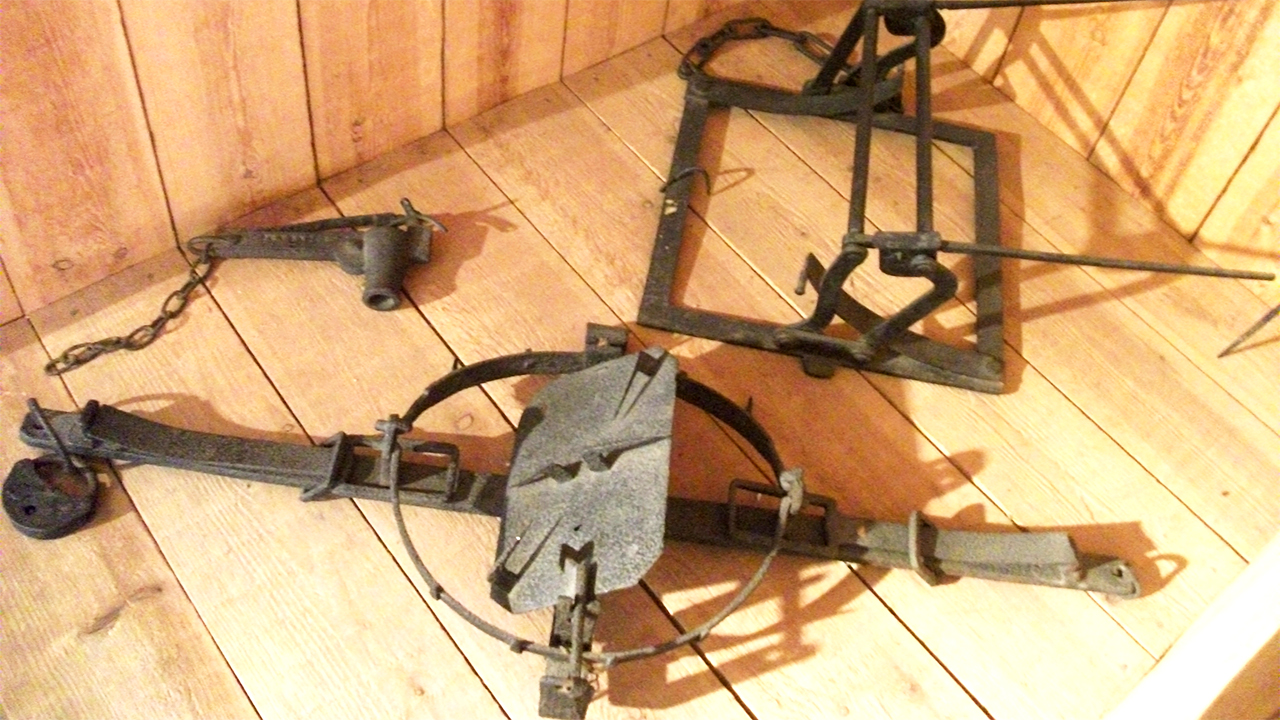During the Middle Ages, the practice of poaching in royal forests and private lands was a serious offense, often met with severe punishment.
To combat this, landowners and nobility employed various methods, including the use of man traps.
These mechanical devices were designed to capture or injure trespassers, particularly those engaged in illegal hunting.
Man traps varied in design, but they typically featured large, metal teeth that would snap shut when triggered by pressure on a central plate or a tripwire.
They were often hidden under leaves or foliage to catch the unsuspecting poacher.
While effective in deterring poachers, these traps were indiscriminate and could grievously harm anyone who triggered them, regardless of their intent.
Their use reflected the strict enforcement of hunting rights and the social divide of the times, where the privilege of hunting was reserved for the elite, and poaching by the lower classes was viewed not only as theft but also as a challenge to the social order.
The use of such brutal devices eventually waned, particularly as attitudes towards humane treatment and legal reform evolved in later centuries.

About The Author
John Bagnasco has been in the gardening industry for over 50 years, starting with a horticulture degree from Michigan State University and following a stint at Frank’s Nursery and Crafts in Detroit.
After publishing his first book “Plants for the Home Vol. I” in 1976, he moved to California to become regional manager and buyer for the Nurseryland division of Sunbelt Nursery Group.
He then became the head buyer for Armstrong Garden Centers based in Glendora, California. John had a part-time affiliation with Creative Promotions for ten years before joining them full-time in October 2000 as a senior editor and radio personality for Garden Compass.
John has also taught horticulture classes at Palomar College and San Diego State University.
He is the host of the DVD “The Essential Guide to Roses,” which also features Bryan Main and Bruce and Sharon Asakawa.
His most recent book is “Planting Designs for Cacti and Succulents”.
Currently, John is a co-host on “Garden America,” an interactive live gardening show that additionally provides podcasts of the broadcasts accessible on all major platforms.
You can contact John here.

